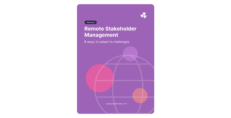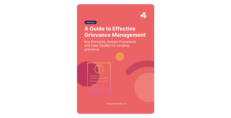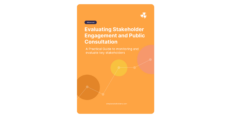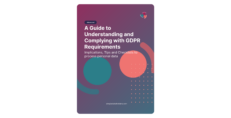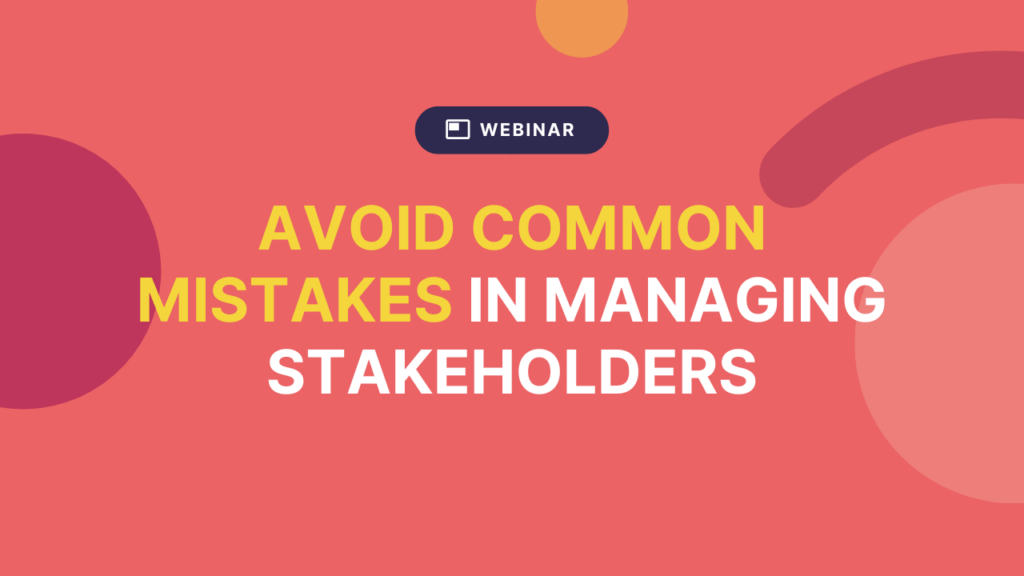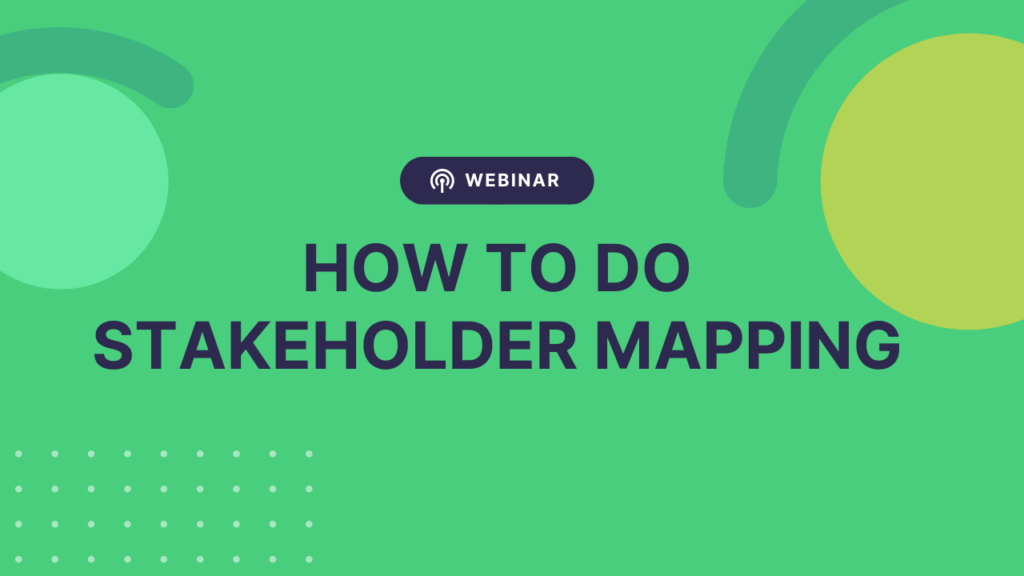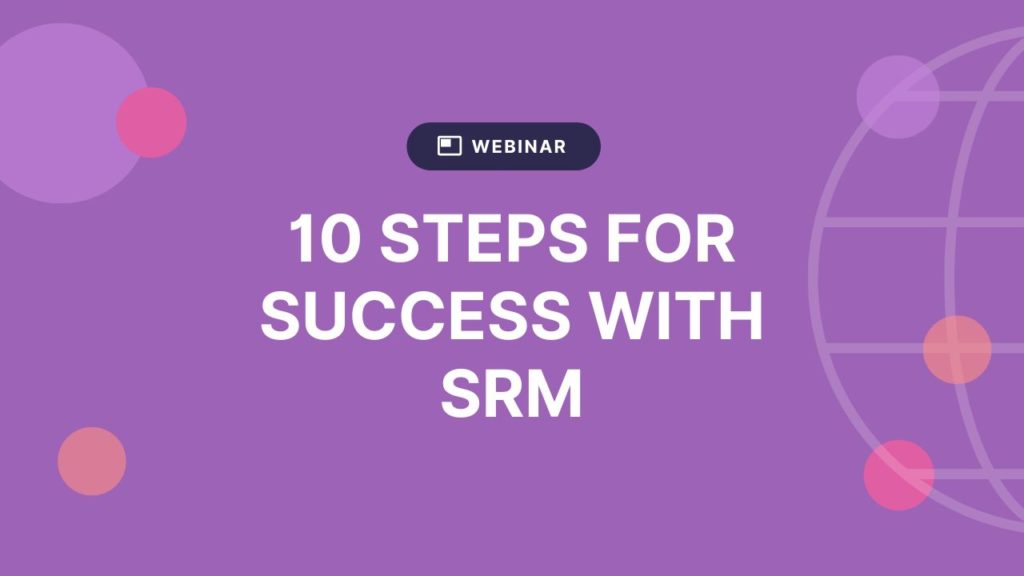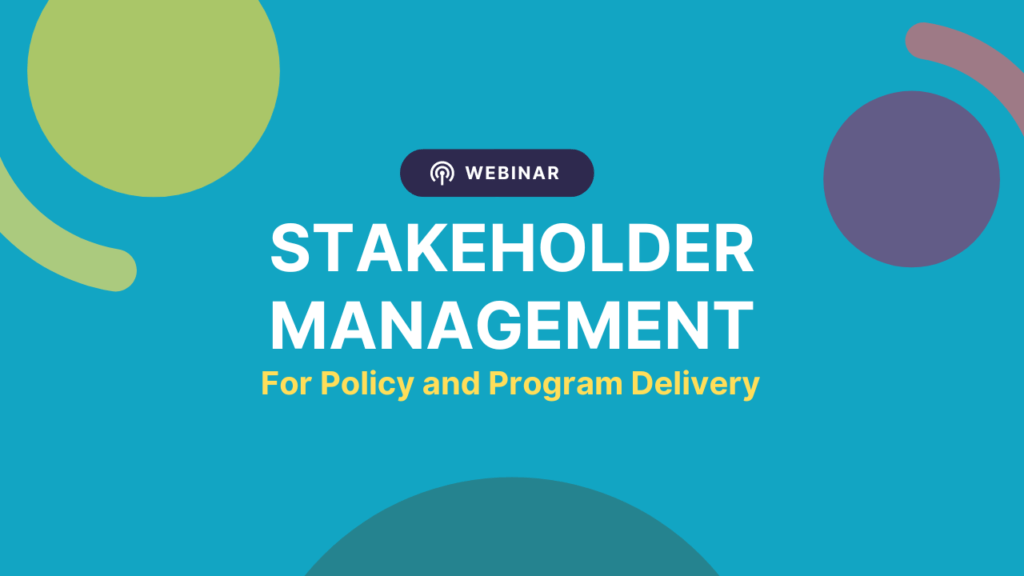Can Hubspot be used for Stakeholder Relationship Management?

Thinking about using HubSpot to manage your stakeholder engagement? Or maybe for more general relationship management type work, like government relations? If so, this post is for you…
Read on to find out how well HubSpot stacks up against a built-for-purpose stakeholder relationship management software (SRM) solution.
Complex relationship management
HubSpot was designed for digital marketing, not relationship management. Yes, it offers a customer relationship management (CRM) feature, but it’s still very much a sales and marketing tool.
By this, I mean it treats every contact like they’re on a sales journey. They’re either a lead, a marketing-qualified lead, a sales-qualified lead, an opportunity or a customer. Plus, at any one point in time, a contact in your HubSpot CRM can hold only one of those roles. For example, they can’t be both a lead and a customer.
This is all very problematic if you’re trying to manage non-sales relationships, because those relationships tend to be much more complex and enduring. There’s no ‘sale’ at the end and the same contact might hold multiple roles.
For example:
- They might work for a corporation and for an NGO.
- They might interact with multiple teams or projects in your organization, and serve different roles in each.
- They might play a critically important role in one project, but be more of an observer in another.
- When they move to another organization, you want to be able to retain your history with them, as it’s important intelligence to inform the ongoing relationship.
None of this is possible in a CRM like HubSpot.
In a built-for-purpose SRM solution like Simply Stakeholders, on the other hand, a stakeholder can hold any sort of role and can be associated with multiple organizations. And their involvement with different teams and projects can be tracked separately.
Single source of truth
Unless your organization is very small, you’ll inevitably end up in a situation where multiple people — from multiple different teams — communicate regularly with a single contact.
To properly manage your relationships, you need to track all of these interactions and keep tabs on what was said. You need a single source of truth for all your teams.
This is very difficult in HubSpot. Technically, yes, it allows your teams to record all their stakeholders and interactions, and that would work for a while. But because HubSpot doesn’t support separate workspaces for individual projects and teams, all the information would be added to a single contact and the potential for chaos will increase exponentially.
If you’ve ever worked with a CRM, you already know how quickly you end up with duplicates and buried information. In no time, even basic info is almost impossible to find.
Of course, if everyone in the team is disciplined, you can avoid this outcome. For example, at Darzin Software, we use HubSpot for our sales and marketing, and every few months we dedicate time and resources to cleaning up the data. We have to! If we don’t, it ends up a complete mess. And we’re a relatively small business. For larger organizations, the cleanup really needs to be constant, otherwise you get complete chaos.
With Simply Stakeholders, you can set up multiple workspaces and projects, so your teams can save information precisely where it’s relevant. This obviously makes it much easier for everyone to browse for, search for and report on the information they’re after. It also makes it much easier for you to control who can see what information (you can specify which people and roles have access to each project or workspace).
As a result, important information is far less likely to be missed or buried, and your teams will spend significantly less time looking for information.
Stakeholder analysis
Most organizations, these days, realize the importance of stakeholder mapping and detailed stakeholder analysis. Mapping a stakeholder’s influence, interest, impact and so on is essential to developing a sophisticated stakeholder management strategy.
But, unfortunately, HubSpot simply wasn’t designed to do it. And even if you had the budget to customize it so it can record stakeholder mapping values, there’d still be no way to use that information in your reporting or tracking.
Simply Stakeholders, on the other hand, has stakeholder mapping embedded in its methodology, and is leading the industry in how stakeholder analysis can help drive more effective stakeholder relationship management.
Read more: Learn more about our approach to stakeholder mapping…
Issue and sentiment analysis
While you can easily record interactions like phone calls and emails in your HubSpot CRM, you can’t do any analysis of the content of those interactions.
For example, you can’t identify the contact’s issues or the associated risks. Nor can you assess the sentiment of the interaction (how the contact is feeling). And all of this is critical to stakeholder engagement.
Simply Stakeholders, on the other hand, was designed specifically to do this sort of analysis. It uses a combination of artificial intelligence (AI) prompts and manual input to identify the issues and sentiment in an interaction, as well as the sentiment of the individual issues.
Importantly, we’re not just talking about conversations or meetings with individual stakeholders here. With Simply Stakeholders, you can assess the sentiment in many other types of interactions too, including survey responses, feedback form responses, social media posts and traditional media coverage. (Simply Stakeholders enables you to publish online forms and surveys, and also supports integrations with other systems to pull in data from social media channels.)
Geographic mapping
If being able to visualize your stakeholders or issues on a map is important to your work, you’ll find this a key gap in HubSpot.
Simply Stakeholders has a Properties and Map function which allows you to see the location of your stakeholders, interactions, issues, complaints and more. This is great for presenting in reports to demonstrate the geographic spread of your engagement efforts.
Reporting
HubSpot has extensive reporting and analytics capabilities, and its custom dashboards are great. But it has a very limited number of reports that are relevant to stakeholder management and engagement.
You can report on the number of stakeholders and interactions, for example, but you can’t report on issues, sentiment, trends, risks, etc.
Simply Stakeholders, on the other hand, lets you set up any number of custom reports that are all specific to stakeholder management and engagement. So they’ll all be relevant to your work. Plus you can customize your dash so it shows you the information that’s most important to you, day-to-day.
Conclusion
Some things are fairly equal in HubSpot and Simply Stakeholders, for example:
- Integration with Outlook and Gmail.
- The ability to record contact information for stakeholders.
- The ability to see all the people you deal with at an organization.
- The ability to send out emails to groups of stakeholders (HubSpot has more extensive email outreach functionality than Simply Stakeholders).
- Creating online forms for collecting feedback (Simply Stakeholders has a more extensive forms function including qualitative analysis of responses).
- Basic activity reporting.
But there are some critical areas where HubSpot just doesn’t compare:
- HubSpot can’t manage complex relationships (stakeholders can have only one role).
- HubSpot doesn’t support multiple workspaces or projects for individual teams.
- HubSpot doesn’t let you segregate data between teams and control access to sensitive information.
- HubSpot can’t do issue analysis or sentiment analysis.
- HubSpot can’t do stakeholder mapping or stakeholder analysis.
- HubSpot can’t do geographic mapping or analysis.
- HubSpot has very few reports that are relevant to stakeholder relationship management.
If you’re serious about stakeholder relationship management and engagement, you should use a serious stakeholder engagement tool. One that was designed for the purpose. You’ll find it more efficient, more powerful, easier to use, and probably cheaper too!
To learn more about Simply Stakeholders, please contact us for a demo. We’ll be happy to show you how Simply Stakeholders outperforms HubSpot when it comes to stakeholder relationship management (SRM).







